Optimal Seasons for Roof Cleaning
Roof cleanings are most effective when performed during specific times of the year to ensure optimal results and longevity of the roof. The ideal season typically depends on local climate conditions, but generally, spring and early fall are considered the best periods for roof maintenance. These times allow for thorough cleaning before harsh weather conditions or heavy leaf fall, which can accelerate dirt and debris buildup.
Spring is a popular time for roof cleanings as it prepares the roof for the upcoming warmer months and removes winter debris.
Fall cleanings help clear leaves and organic matter that can cause damage or mold growth if left on the roof over winter.
High summer temperatures can make roof cleaning less effective and more hazardous due to heat exposure.
Winter roof cleaning is generally discouraged in cold climates due to ice, snow, and safety concerns, but in milder regions, it can be scheduled during mild spells.
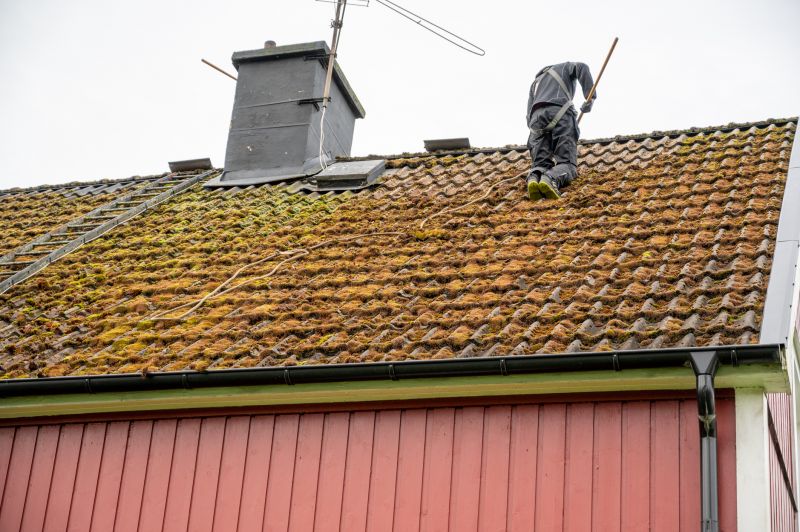
Spring cleaning removes accumulated debris after winter, preventing moss and algae growth.

Cleaning in fall prepares the roof for winter by clearing fallen leaves and organic matter.

Dry days are optimal for effective roof cleaning and safety.
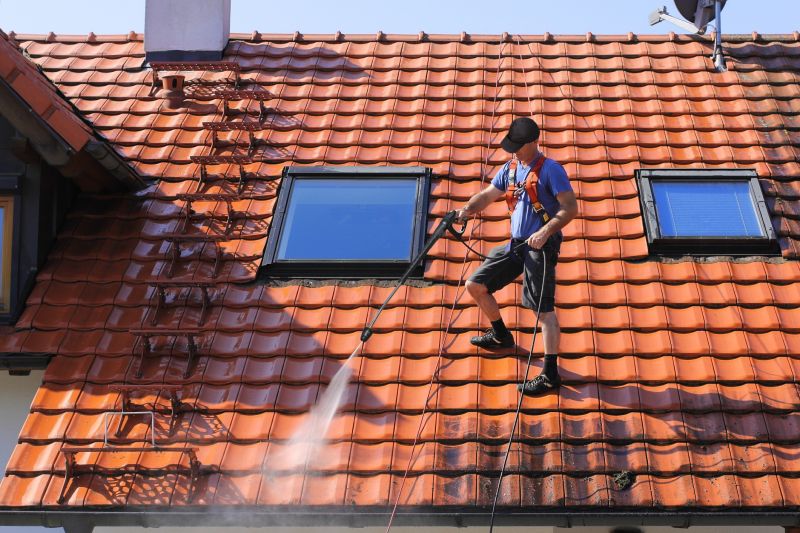
Ways to make Roof Cleanings work in tight or awkward layouts.
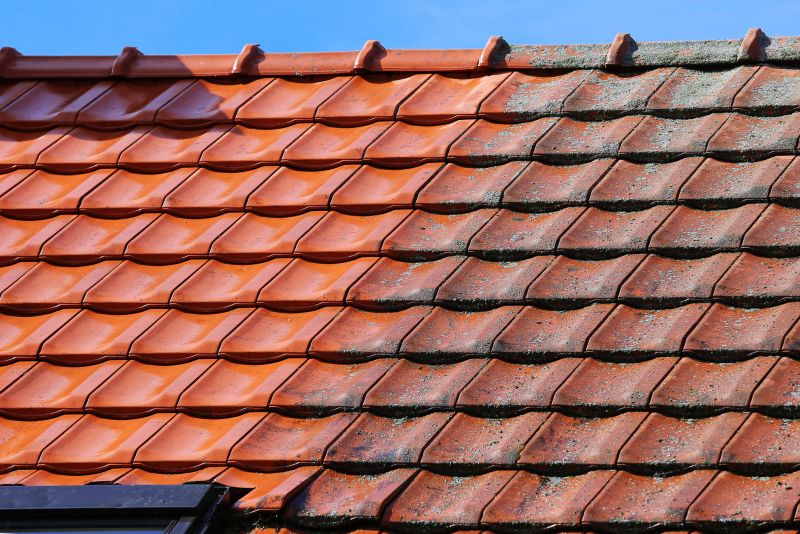
Popular materials for Roof Cleanings and why they hold up over time.
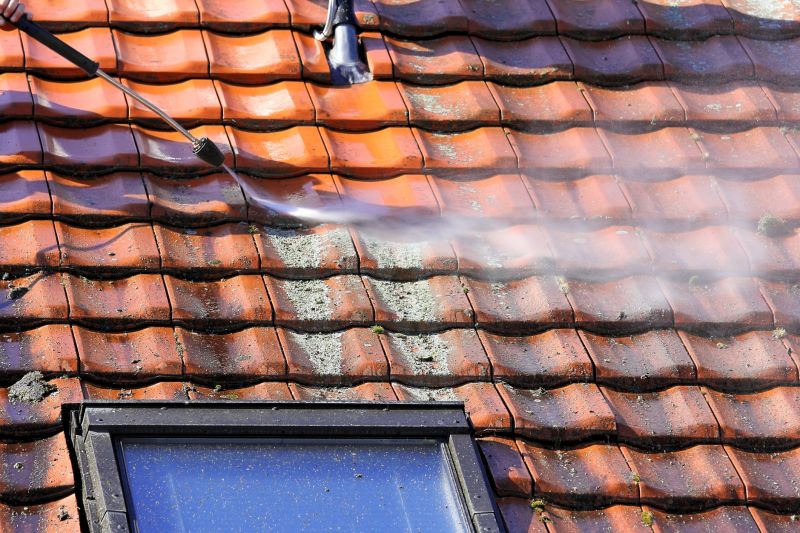
Simple add-ons that improve Roof Cleanings without blowing the budget.
| Season | Best Practices |
|---|---|
| Spring | Perform cleaning early to prevent moss and algae growth. |
| Summer | Avoid cleaning during peak heat hours; prefer early mornings or late afternoons. |
| Fall | Clear leaves and organic debris to prevent winter damage. |
| Winter | Schedule in mild weather if necessary; avoid icy conditions. |
| Post-Storms | Inspect and clean after heavy storms to remove debris and prevent damage. |
Roof cleanings are an essential part of maintaining the integrity and appearance of a roof. Regular cleaning helps prevent the buildup of moss, algae, and debris, which can cause damage over time. Statistics indicate that properly maintained roofs can extend their lifespan by several years and reduce the need for costly repairs. The frequency of cleanings often depends on local environmental factors, with most roofs benefiting from a cleaning every one to three years.
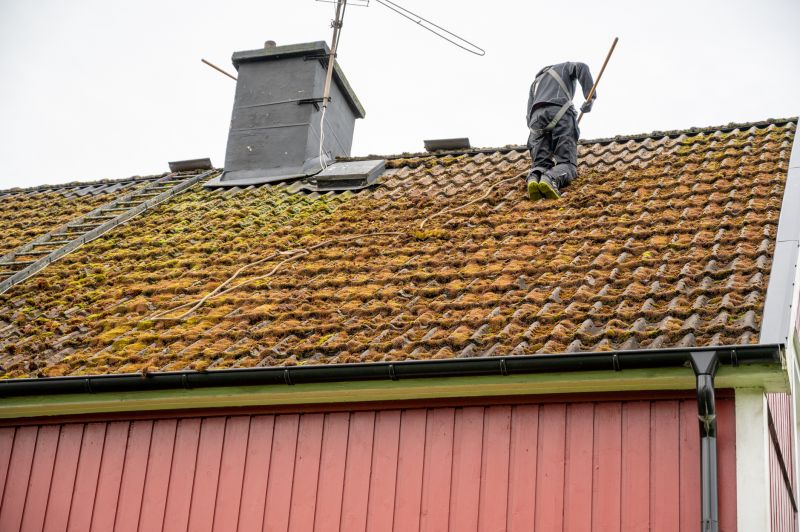
A clean roof surface prevents moss and algae growth.
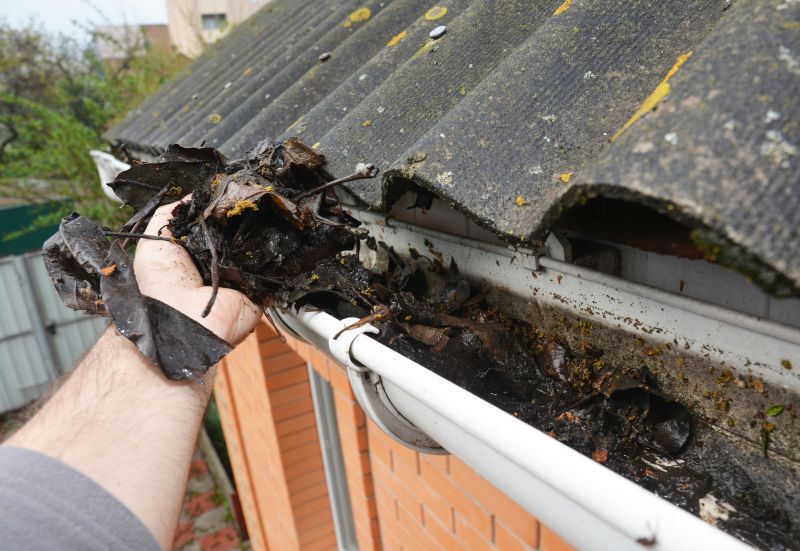
Removing leaves and organic matter reduces moisture retention and damage risk.
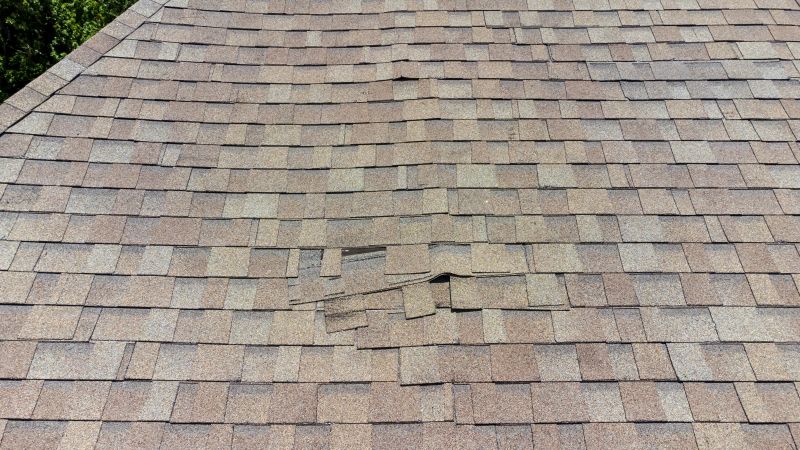
Regular cleaning includes inspecting for signs of damage or wear.
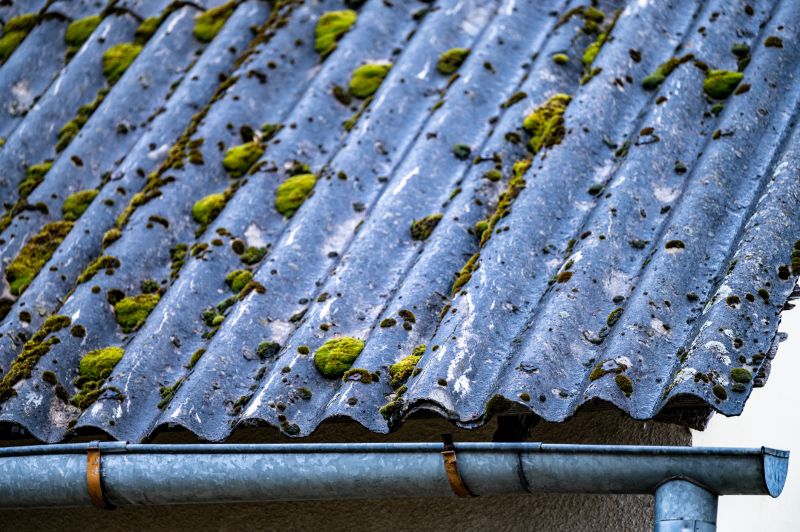
Cleaning helps prevent mold and mildew that can deteriorate roofing materials.
Interested in scheduling a roof cleaning? Filling out the contact form provides an opportunity to discuss specific needs and receive professional guidance on the best timing and methods for roof maintenance. Proper timing and regular upkeep can significantly enhance the durability and appearance of a roof over time.



